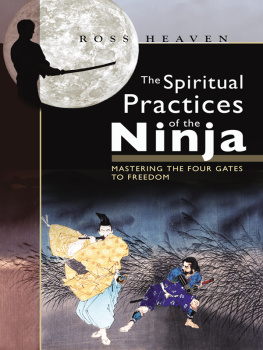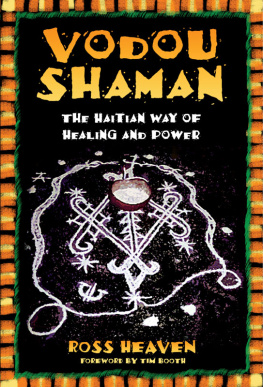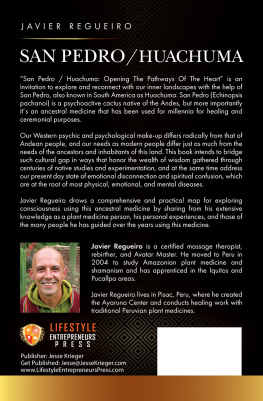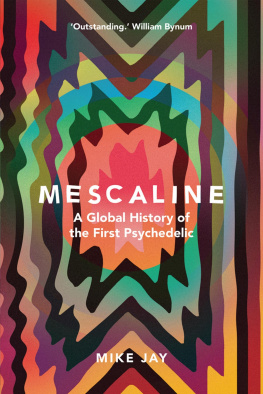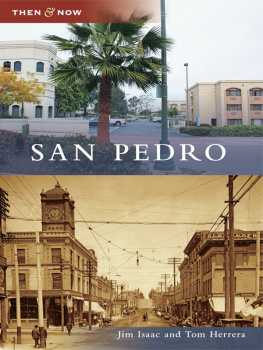About The Author
Ross Heaven is a therapist, healer, and the director of The Four Gates Foundation, one of Europes leading organisations for the teaching, promotion and application of spiritual wisdom and freedom psychology.
He is the author of several books on shamanism, healing and spiritual plant medicines, including Plant Spirit Shamanism: Traditional Techniques for Healing the Soul, The Sin Eaters Last Confessions, Plant Spirit Wisdom, The Way of The Lover, and Loves Simple Truths: Meditations on Rumi and The Path of The Heart.
He offers courses and retreats in healing, self-awareness and indigenous wisdom and spiritual journeys to work with the healers and plant spirit shamans of Peru. His Magical Earth journeys take place in the Amazon with ayahuasca, the vine of souls, each year and his Cactus of Vision journeys are to the Andes for healing work with San Pedro.
For details of these journeys as well as information on new books, workshops and healing events, email ross@thefourgates.com or visit The Four Gates website at www.thefourgates.com.
The Hummingbirds
Journey to God
Perspectives on San Pedro,
the Cactus of Vision & Andean Soul
Healing Methods
O is a symbol of the world, of oneness and unity. In different cultures it also means the eye, symbolizing knowledge and insight. We aim to publish books that are accessible, constructive and that challenge accepted opinion, both that of academia and the moral majority.
Our books are available in all good English language bookstores worldwide. If you dont see the book on the shelves ask the bookstore to order it for you, quoting the ISBN number and title. Alternatively you can order online (all major online retail sites carry our titles) or contact the distributor in the relevant country, listed on the copyright page.
See our website www.o-books.net for a full list of over 500 titles, growing by 100 a year.
And tune in to myspiritradio.com for our book review radio show, hosted by June-Elleni Laine, where you can listen to the authors discussing their books.
Chapter 1
The Condor and the Hummingbird
An Andean Fable
Storytellers clothe the naked body of myth in their own traditions so that listeners can relate more easily to its deeper meaning
Joan D Vinge
Iquitos, the strange jungle town on the banks of the Amazon, has a sense of fever and muted madness about it that began at least 500 years ago with the arrival of Francisco Pizarro.
The Conquistador Pizarro came to Peru in search of El Dorado, the fabled city of gold. Red and not gold is what he discovered, however, in the blood of the natives that fell before his sword as he carved Spains insignia into the land and his dreams turned into obsessions.
As is so often the case in matters of karma and madness, having lived by the sword, Pizarro was also to die by it when, in 1541, twenty assassins entered his home one night, intent on revenge and riches of their own.
His life ebbing out of him, Pizarro, then 70, found only the strength to paint a cross in his own blood on the cold stone floor before him and to cry for absolution from Christ. Then, gathering his sword the companion of all my deeds he left this world and his aspirations for gold behind him.
Pizarros dreams were for nothing, for no gold has ever been found in Iquitos. Three hundred years later, however, in the years between 1880 and 1912, riches did flow into the town from the jungles around it, in the form of latex, a product of the jebe tree.
The invention of vulcanisation by Goodyear had created a huge demand for latex and, following Pizarros lead, the town of Iquitos was birthed by rubber barons as a base for their own excesses. From an almost standing start Iquitos had 20,000 inhabitants by the mid-1880s, many of them Europeans who became fabulously wealthy by enlisting (or, rather, enslaving) local tribes to work their plantations for them.
Their opulent bubble burst thirty years later when it was discovered that greater profits could be made in the plantations of Malaya (now Malaysia) than in the wild forests of the Amazon. The traders left Iquitos as quickly as they had arrived.
The towns colours are faded now but in its day it stood for a certain kind of excellence, modernity, and the genius of man as he employed science and slavery to transform and tame the forest, turning it from a wilderness (red in tooth and claw) into something far removed from its true nature and more akin to his taste for order and opulence.
Only a few reminders of past glories remain. The town retains its promenade on the banks of the Amazon River, for example, where Victorian gentlemen would take their evening strolls. In the shadows of some moonlit nights you may even glimpse their tuxedoed ghosts with their arms around their wives dressed in ball-gowns and evening dresses, looking out across the jungle to survey their kingdoms as lightening flashed in the forest and the sweat of the air made their dress-shirts stick to their backs.
Other follies, reflective of long-gone wealth, can also be seen. One is a house now a restaurant (The Casa de Fierro or Iron House) made entirely of iron, that was built by Monsieur Eiffel, the designer of Paris famous Tower. Iron, of course, is subject to rust and you must wonder what a building like this is doing in a place of baking heat, rainforest downpours, and humidity so extreme that the air itself can rot the clothes from your back. The reason for its presence is explained by the one-time spirit of those Victorian gentlemen: It can be built, so why not build it? We have money to spare, after all.
The eccentric rubber baron, Carlos Fermin Fitzcarrald had a base near here. Fitzcarraldo, as he is better known, was also driven by dreams of gold and longed so passionately to instal an opera house deep in the jungle that some say his dreams, in their turn, drove him mad. One of the stories told of him and his consuming need for profit and opera relates how he purchased the only remaining parcel of forest that might still yield rubber, in a remote area of the Amazon cut off by treacherous rapids, with the intention of building a plantation, a fortune, and an opera house (not necessarily in that order). To avoid the problems of the river, Fitzcarraldo had the natives physically carry his 30-ton steamship through the jungle, across an isthmus of land from one part of the river to the next.
The vainglorious driving force behind his actions was, he said, not to undertake an adventure, but to offer this land to mankind so we can find a new home for the disinherited of the world. In return for their labour, he promised the natives gunpowder and bullets and guns to tame the beasts, so they could conquer the natural world, just as he intended to do.
It seems that nature was not so anxious to be conquered, however, and Fitzcarraldo died in the rapids of the Urubamba River on July 9, 1897.1
Nowadays, with few hints of its former wealth or the madness that has historically fuelled its accumulation (except for those few monuments that remain), Iquitos still buzzes with frenetic energy and the desire for profit. At any time of the day or night, for example, it is almost impossible to sit quietly in the main square (the Plaza de Armas or Place of Arms) or sip coffee in one of its restaurants or cafes without attracting vendors and craftswomen who will try to sell you Shipibo textiles, that have taken them days or weeks to make, for just a few American dollars, or shoeshine boys who will clean your boots (whether they need it or not) for just one sol (about 15 pence). The desire for money lives on, but driven now by the poverty of a town abandoned to its fate.


